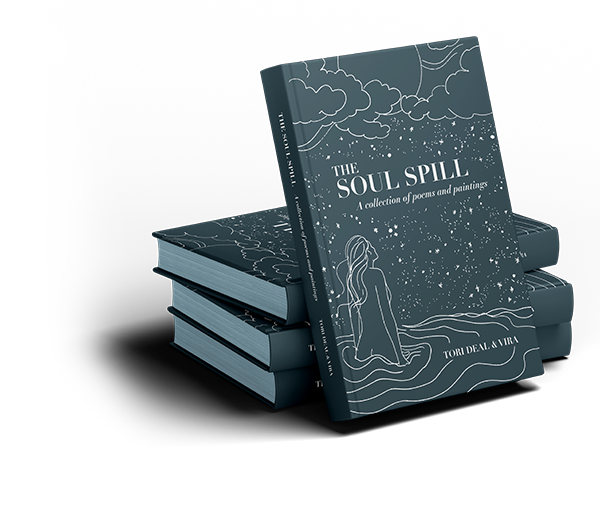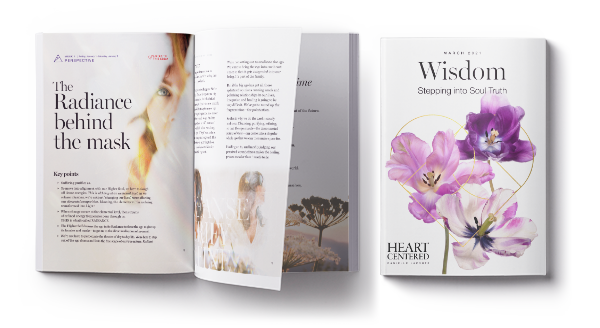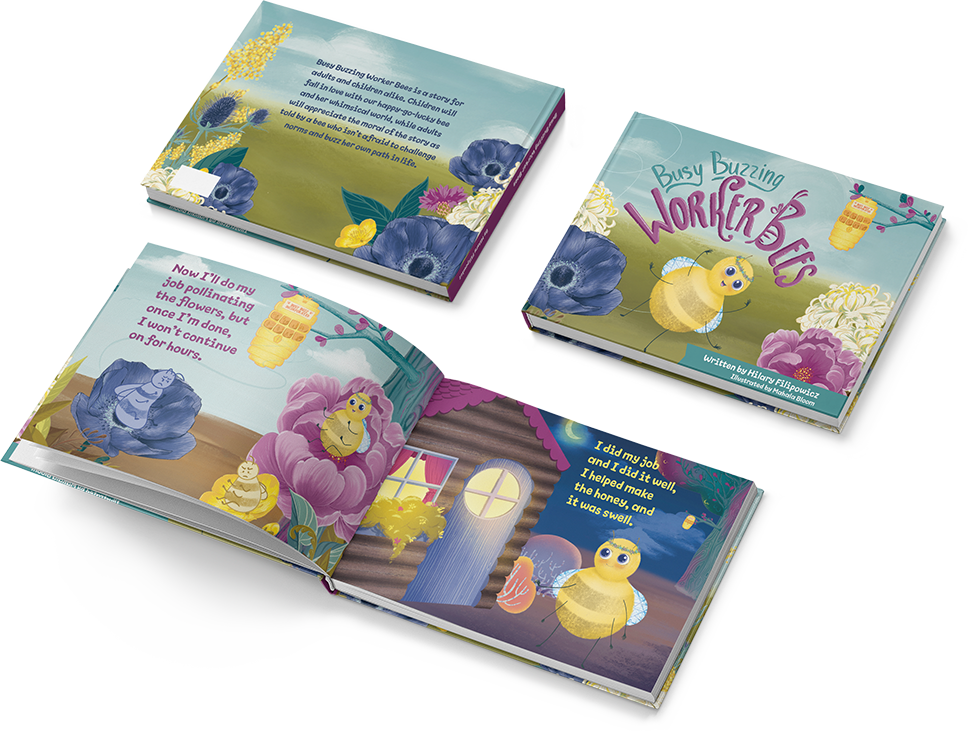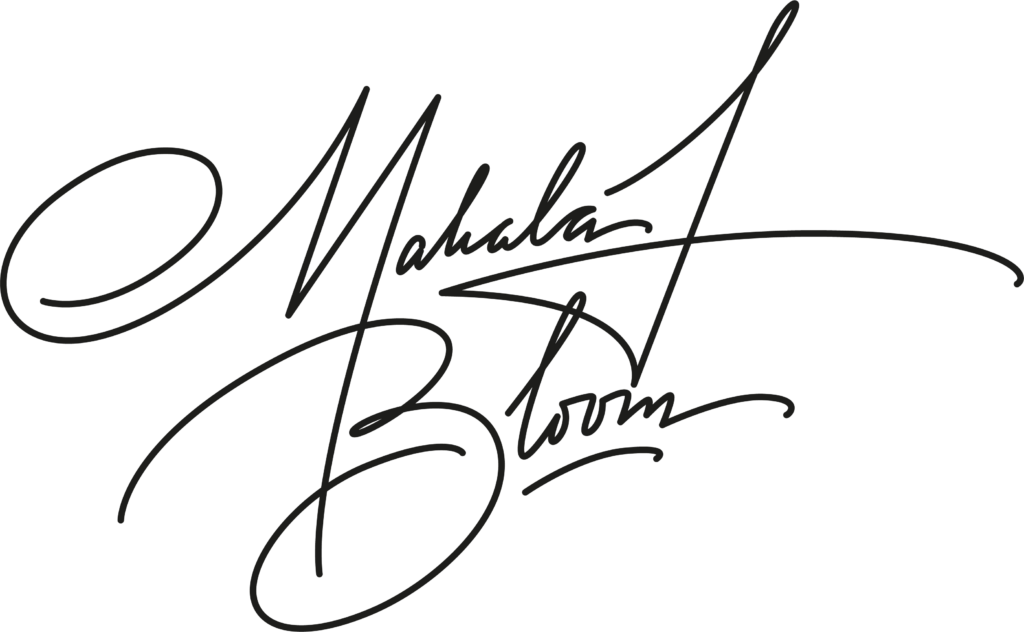welcome to the
Learn more about leveraging design and illustration for your business, email and marketing tips, and find out what is new at the Bloom Stud.io!
The Studio Journal
Marketing
Biz Tips
Illustration
Design
Around the Studio
explore
December 7, 2023
Book Design for Self-Published Authors
Hey there, authors! As a self-published author, you wear many hats. From crafting compelling stories to managing marketing and promotions, you navigate a world of creative and logistical challenges. But one aspect that deserves special attention – one that can truly captivate readers and make a lasting impression – is book design.
That’s right, I’m talking about crafting book covers and interior layouts that sing. In today’s competitive publishing landscape, these elements are more important than ever. They act as the first impression, the visual handshake that draws readers in and invites them to explore your unique world.
So, whether you’re a seasoned author or just starting out, this post is for you. We’ll delve into the key elements of effective book cover design and explore the principles of interior layout that enhances the reading experience. We’ll even peek at some inspiring examples from fellow self-published authors, showcasing the power of design in action. I know this can be daunting, so if feeling overwhelmed, I’d be happy to help, and I’d love to have that conversation with you.
Why Book Design Matters:
Before we jump into specifics, let’s take a moment to appreciate the power of design. A captivating book cover can:
- Stop readers in their tracks: Imagine scrolling through a crowded online bookstore or browsing shelves in a brick-and-mortar store. Your book cover needs to stand out, grabbing attention and sparking curiosity. And while it can be good to immediately understand what genre you’re writing for, it is also immensely important to stand out from the pack. Using a surprising color or unconventional photo or illustration for your genre can be the piece that sets you apart.
- Convey the essence of your story: Colors, fonts, and imagery work together to create a mood and set expectations. Is your story a thrilling mystery? A heartwarming romance? A whimsical children’s tale? The design should give readers a glimpse into the world you’ve created.
- Build trust and credibility: A professional-looking book cover instills confidence in readers. It shows that you take your work seriously and invest in quality, both in design and content.
Now, let’s shift our focus to interior layout:
- Enhance the reading experience: A well-designed layout can make the difference between a smooth, enjoyable read and a frustrating one. Imagine inconsistent spacing, blurry images, and text that’s difficult to read – not exactly the experience you want your readers to have. Even the selection of font can have an impact on reading. Here’s an example: Did you know that serif fonts were specifically designed to draw the eye from left to right? This is why serif fonts have such a foothold in literature even today. For novels or other long texts, serif fonts were built for this kind of reading. While sans-serif fonts like Arial or Helvetica can be great for book covers and chapter titles, they are not the best choice for long passages of text.
- Guide the reader’s journey: Design elements like chapter headings, page numbers, and white space can guide readers through your story, ensuring they stay engaged and focused.
- Add a touch of personality: Just like your writing style, your interior layout can reflect your unique personality and brand. This is an opportunity to express yourself and create a truly memorable reading experience.
Crafting Your Book Design:
Now that we understand the importance of design, let’s explore some key elements:
Book Cover Design:
- Typography: Choose fonts that complement your genre and tone, ensuring they’re legible and visually appealing.
- Color: Colors evoke emotions and set the mood. Choose colors that align with your story and target audience.
- Imagery: Images are powerful storytellers. Choose an image that captures the essence of your book and resonates with readers.
- Professionalism: Ensure your cover is high-resolution and free of typos or formatting errors. Consider investing in professional design services if you’re not comfortable creating the cover yourself.
Interior Layout:
- Font & Size: Choose fonts that are easy to read on both screens and printed pages. Consider using different fonts for headings and body text for visual hierarchy. Limit the number of fonts on the inside of your book to two, to ensure your book doesn’t begin to feel messy or disjointed.
- Spacing & Margins: Appropriate spacing and margins create a clean and inviting layout. Avoid overcrowding pages with text and images.
- Images & Graphics: Use images and graphics strategically to enhance the reading experience and break up text. This allows the reader to pause to digest the information you’ve given them. At times, a well-placed infographic can even enhance understanding by simplifying topics, and help your reader more easily retain the information you are presenting.
- Formatting: Consistent formatting throughout the book adds professionalism and makes the reading experience smooth and enjoyable.
Inspiring Examples of Great Book Design:
Let’s take a look at some self-published authors who have nailed the book design game:

- The Soul Spill by Tori Deal (author) and Vira (illustrator/painter), layout design by Bloom Studio. This stunning poetry book features a cover that beautifully captures the essence of the words within, while the interior layout is clean and elegant, allowing the poetry to shine.

- Danielle LaPorte’s Heart Centered digital workbooks/magazines. These monthly publications feature a luxurious and literary aesthetic, combined with practical exercises and activities. Mahala Bloom, owner of Bloom Studio, designed them to keep LaPorte’s loyal audience engaged throughout the month.

- Busy Buzzing Worker Bees by Hilary Filipowicz, illustrated and layout by Bloom Studio. This delightful children’s book features bright, colorful illustrations and a whimsical layout that perfectly complements the story’s message.
Remember:
Creating a captivating book design is an investment in your self-publishing journey. It’s about more than just aesthetics – it’s about connecting with readers, building trust, and leaving a lasting impression
Need some help? You can read more about my Book Design services by clicking the button below.

Owner & Designer
BloomStud.io